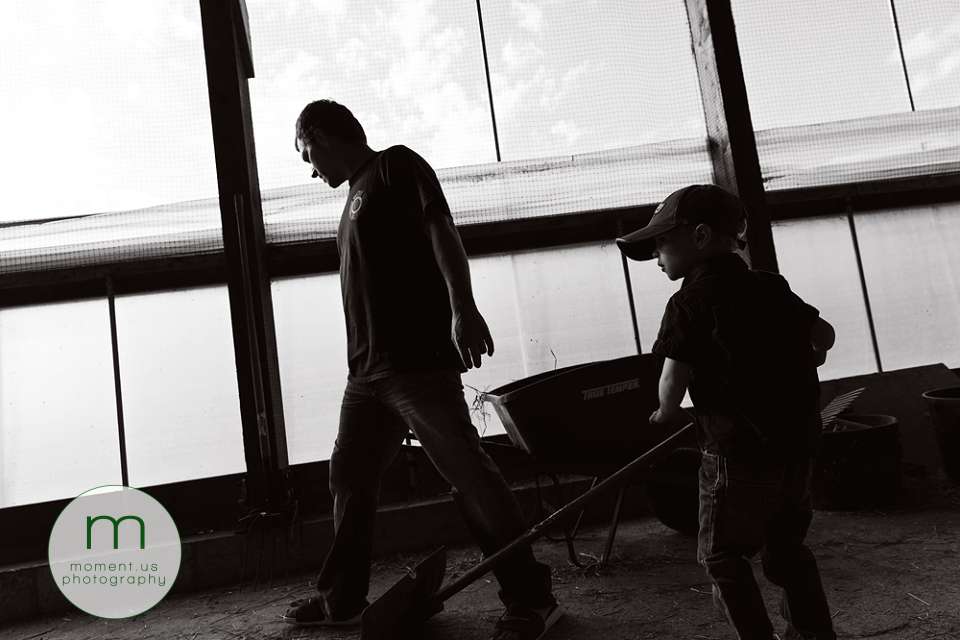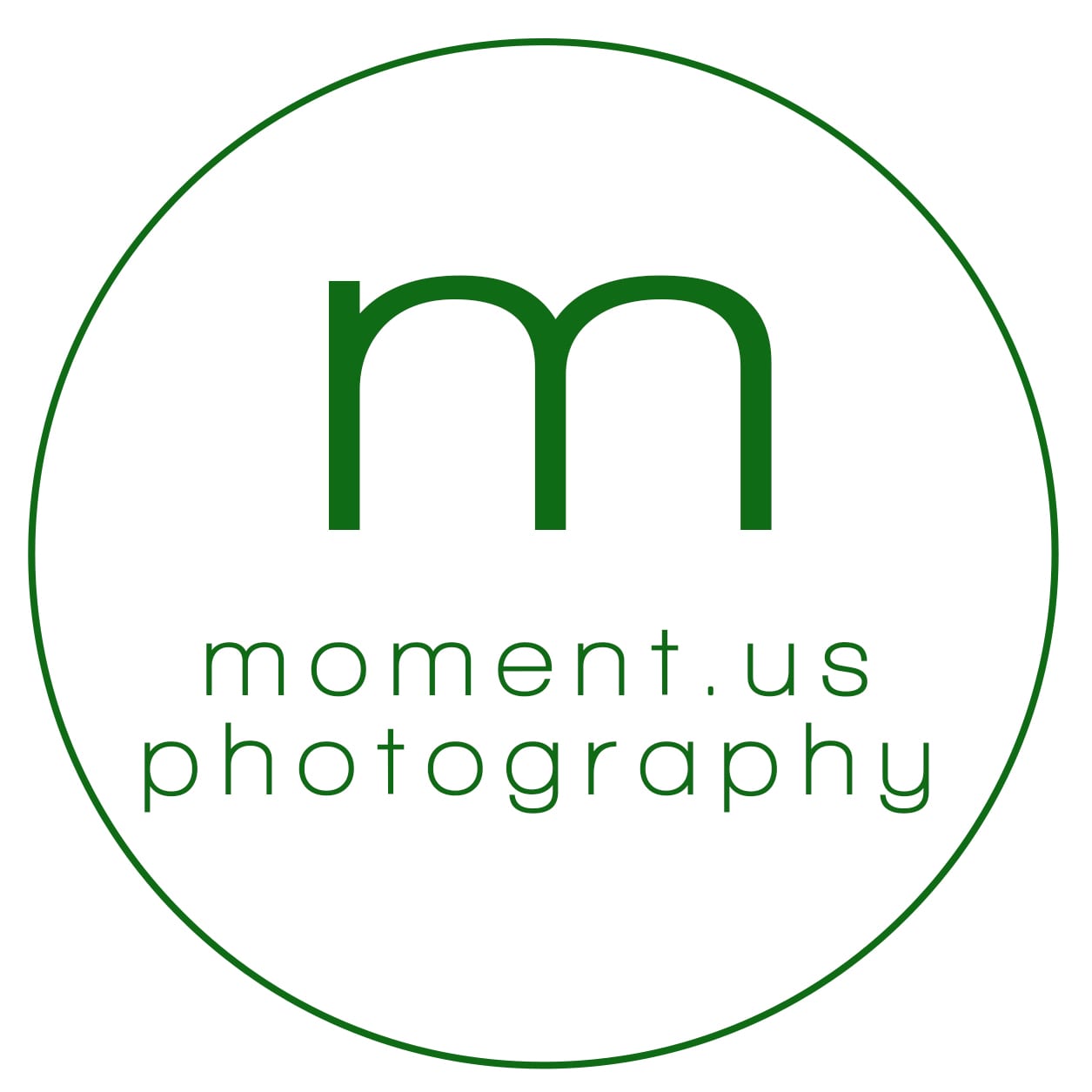…Imagesmiths? Memorysmiths?

Last month, I had a little reunion with my good friend Anne. I’ve blogged previously about Anne, her amazing line of clothes (the coats and mittens? To DIE for…), and how awesome she’s been as a mentor, so it’s no surprise that our February rendez vous left me feeling excited and energised yet again.
Shopping with Anne is an experience unlike many others. To understand my perspective on this, it’s important to know that I’m not a seamstress. In fact, I’m so much the opposite of a seamstress that it’s kind of amazing that Anne even lets me tag along with her when shopping for fabrics in Soho. Anne sees fabrics and instantly has ideas about beautiful clothing to make. I see fabrics and instantly imagine wrapping babies in them or making something to suspend babies in… Tomato, tomahhhto….
One of the topics we discussed during our February get together was that of the role of the photographer in society. Anne was thinking about the historical aspect of photography, which led us to libraries and their archives. Any major library has documents – books, letters, maps – that are of particular value and will need preserving. Librarians have archivists (Montreal’s Jewish Public Library happens to have a particularly talented archivist :) ) to deal with handling documents worthy of preservation. These people are specialists in their field, not just some people who REALLY like books. Archivists help preserve the written word for posterity. They handle documents with special gloves to keep the paper from decomposing at a faster rate; they keep the documents in rooms designed to help safeguard their longevity; they keep the public from treating specific documents carelessly.
Photographers are there to preserve memories for posterity. Like archivists, we are specialists in our field; we are not just people who happen to have a camera. My job is to ‘curate’ memories: to prepare the images in a particular way in order to protect against careless treatment; to back-up the files in multiple formats in order to safeguard an image’s longevity. Photographic technology has improved to the point where it’s less and less likely that you’ll deal with photos that are crumbling after 40 or 50 years, but in a time when technology is also moving at a pace faster than any other time in history, it’s a photographer’s job to safeguard your images against obsolescence.

It’s interesting to note that community libraries such as the Jewish Public Library have enormous photograph collections. This is because the old cliché is actually true: a picture really is worth a thousand words. For example, a class picture, whether it’s from 1876 or 1976 reveals a great deal about social ideals and socioeconomic conditions at the time: class photos are planned events, so what did the children in the picture wear as their ‘Sunday best’? ; what does the photo reveal to be social expectations for formal occasions? Think about the changes in wedding photos over time: the old-fashioned stoic faces with the woman holding a parasol compared to today’s photos that often show the bride and groom kissing (*gasp*). This tells us how society values relationships, intimacy and affection in different periods. It doesn’t just hold true for professional images either. Casual snapshots from social events reveal a great deal: the opening of a car door, an arm slung around a shoulder, the style of dress – these are details that we couldn’t get from a periodical, government document, or newspaper.
So if writers are wordsmiths because words are their craft, then photographers, whose craft is images, details, and social memory are…what?



